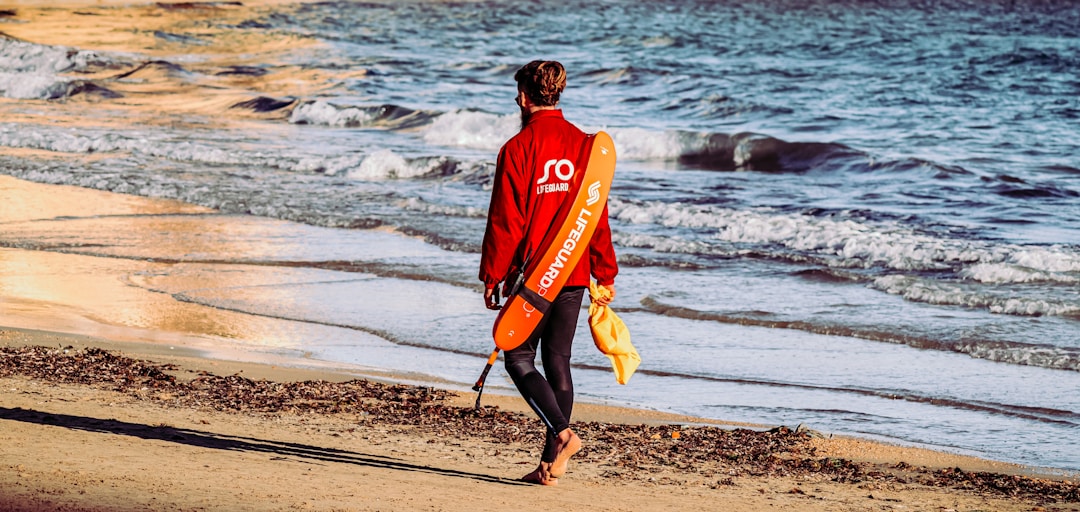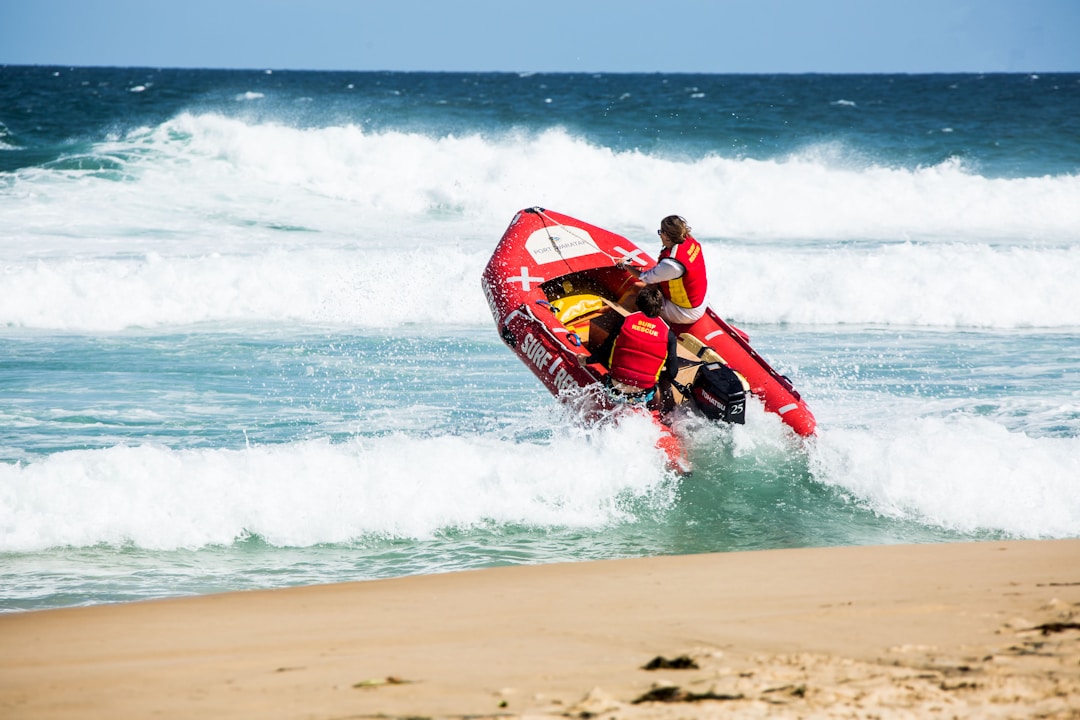Rescue teams face a dangerous task when rescuing a drowning person––victims often claw at rescuers in a panic in an attempt to stay above the surface. Getting a victim to safety in a timely manner is the difference between life and death. Too often, rescue attempts end in both victim and rescuer tragically losing their lives. When it comes to tactical water rescue, the best practices to remember are reach, wade, throw and go.
Make an initial assessment first.

The first step for rescue personnel is to make an initial assessment of the rescue situation. A rescue team will assess the scene to determine that there is a serious situation so that they can create a rescue plan. Rescuers must ensure their own safety and the safety of their team members before responding to the drowning victim. Protecting the lives of others while making a water rescue requires other rescuers on standby to monitor both the victim and entrant at all times.
Occupational safety is of utmost importance for confined space facilities to meet OSHA mandates. For facilities that don’t have an on-site confined space rescue team, DCS Rescue offers rescue services to industries across the nation. Each rescue technician is trained and qualified in rope rescue, extractions, and emergency medical services.
Remember to reach, wade, throw, and row.

There’s a simple mantra that helps emergency response personnel follow the steps of a successful water rescue––reach, wade, throw and go. When attempting to rescue a conscious drowning victim, a rescuer should use something rigid to reach out with for the victim to grab. Always use a sturdy tool that elongates your reach rather than risk a victim pulling you in with them. When wading into the water, rescue personnel must first test the depth with a stick before making an entry rescue and have something sturdy to hold on to when reaching out.
If a rescuer can’t reach a conscious victim, the next option is to throw a long rope and pull the victim to safety. Another option is to throw some form of flotation device if a rope isn’t available. When using a boat to make a water rescue, never pull a conscious drowning victim on board. A panicked person could easily capsize the boat, endangering themselves and the rescuers. When reaching an unconscious victim, the rescuer can put the victim in the boat and pull them to shore.
Confined spaces present unique challenges and hazards for employees. Having a competent industrial rescue team trained to complete confined space entry rescues on-site is the best way to meet OSHA requirements. An on-site rescue technician gets to a victim in a more timely manner than waiting for the local fire department to arrive.
You’ll need some rescue equipment.

There are several pieces of equipment that rescue teams need depending on the situation. From small things like life rafts and buoys to large rescue vehicles such as boats and helicopters. All equipment must be well cared for and updated regularly in order to meet safety and compliance standards, as such, surface cleaning on vehicles becomes especially important in the rescue industry.
It’s important to remove all coating, grease, rust, corrosion, and contaminants from the equipment surfaces to improve their performance. APS Plasma explains the different methods of surface preparation can include coating removal, surface cleaning but atmospheric plasma is ideal for avoiding substrate damage. Proper surface cleaning ensures the safety of employees in a rescue team.
A tactical water rescue starts with an initial assessment of the rescue situation to ensure the safety of both the drowning victim and rescue personnel. When executing the rescue plan, always remember to reach, wade, throw and go.






